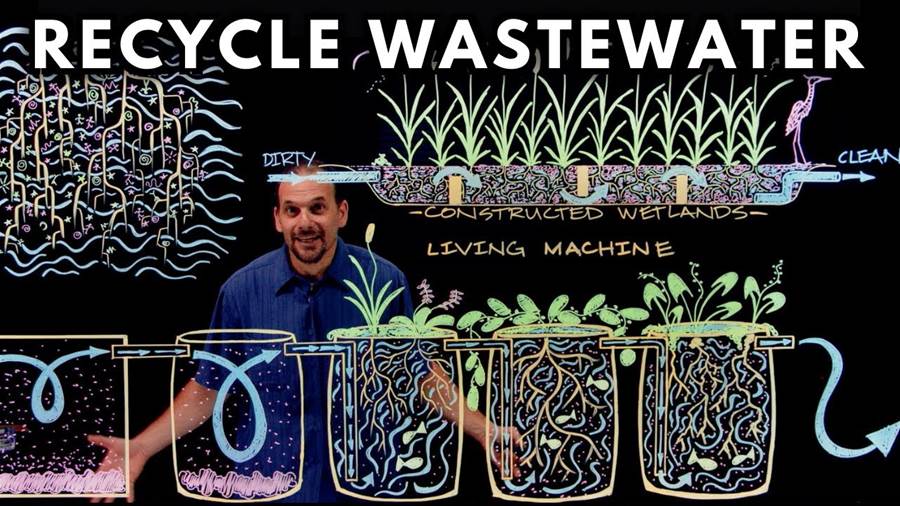
Water is an essential resource for all life on Earth. Unfortunately, poor sanitation and inadequate water treatment continue to plague many regions, leading to severe health and environmental consequences. However, the solution lies in one of nature's simplest but most effective tools: wetland plants and biologically active soil. By harnessing the power of these natural systems, we can transform dirty water into a clean and usable resource.

The Role of Wetland Plants in Water Treatment
Wetland plants are remarkable in their ability to clean water through a process that can be likened to a massive microbial festival. The root systems of these plants are teeming with microorganisms, such as bacteria and fungi, which work tirelessly to biodegrade pollutants. As water flows through the roots, these microorganisms break down contaminants into harmless elements, effectively purifying the water.
Wetland plants also play a crucial role by absorbing heavy metals and other pollutants from the water.
The goal of any wetland-based water treatment system is to maximize the contact between dirty water and the roots of various plant species.
The article is not finished. Click on the next page to continue.
The article is not finished. Click on the next page to continue.
Next page


















